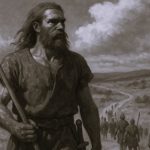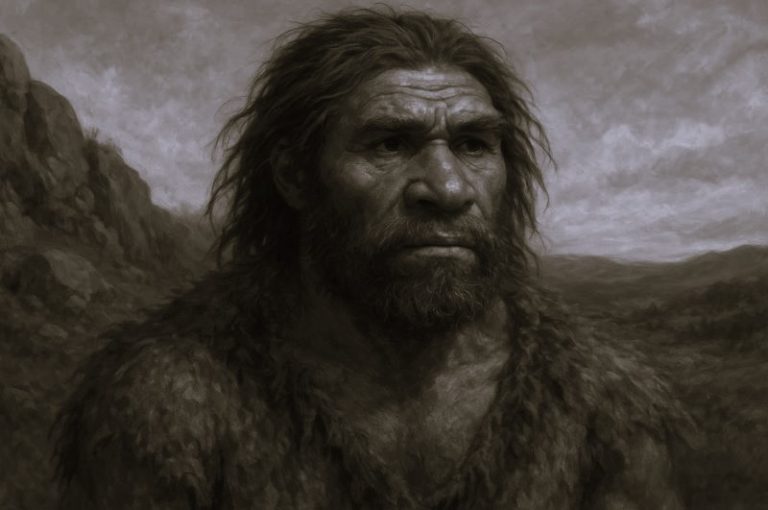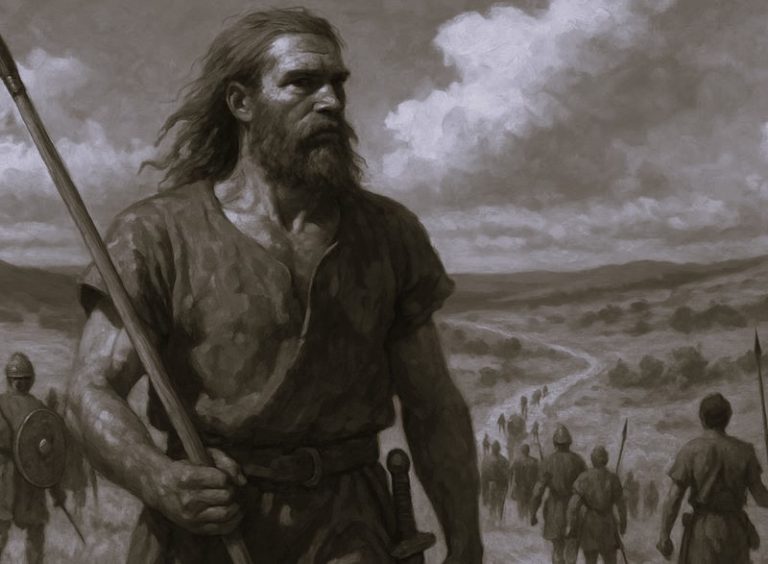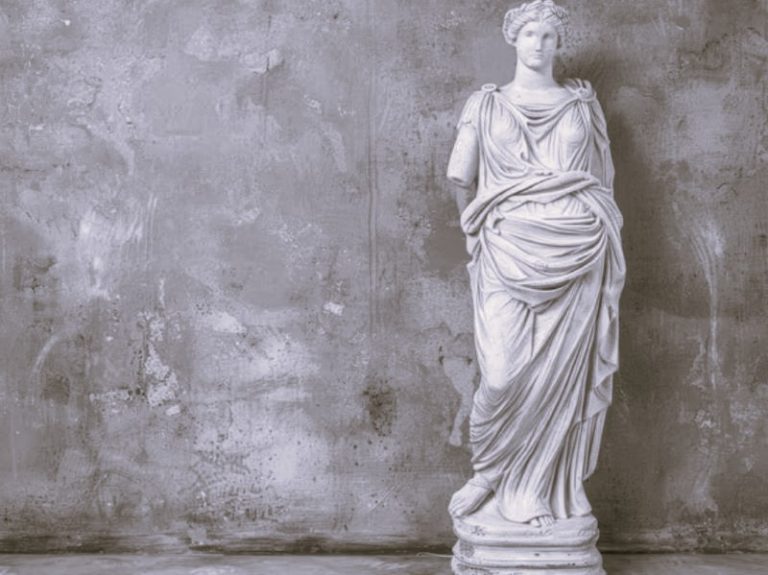

Ancient Egyptian mortuary texts represent an ongoing, ever-evolving tradition.

By Dr. Amy Calvert
Egyptologist and Archaeologist
Introduction
Given the number of tombs, mortuary temples, and funerary artifacts that have survived from ancient Egypt, it is not surprising that many people mistakenly believe that ancient Egyptian society was obsessed with death.
This could not be further from the truth—the Egyptians were obsessed with life, and specifically the life they experienced in the Nile valley, which was viewed as the ideal existence on earth. Every Egyptian wanted the desired afterlife: an eternal, perfected, effortless version of life along the Nile, including a river teeming with abundant fish, fields overflowing with a variety of produce, and deserts full of animals to hunt.
A Collection of Rituals and Texts
The earliest known burials at all social strata contained grave goods and offerings to provide for the deceased in the afterlife. From the Old Kingdom onwards, tombs—royal and non-royal alike—included chapels where the living could come to present offerings and perform ritual actions to support the deceased in their journey. Over time, a collection of rituals and texts developed that were specifically intended to help the deceased become an effective being in the afterlife. Modern scholars divided this collection into the Pyramid Texts, Coffin Texts, and Book of the Dead, largely aligning with periods of time (Old Kingdom, Middle Kingdom, and New Kingdom) and the most popular presentation of the texts (in pyramids, on coffins, or on papyri).
Despite the modern convention of dividing these texts, the ancient Egyptians viewed these compositions as a single continuum. By carving these essential spells on tomb walls or including them on coffins, papyri, and other objects, the goal was to ensure their eternal effectiveness in providing for the deceased in the afterlife.
Pyramid Texts of the Old Kingdom

The massive pyramids at Giza included no inscriptions, but beginning with King Unas of the Fifth Dynasty (c 2375–2345 B.C.E.), the walls of the royal burial chamber were covered with vertical columns of text written in monumental hieroglyphs and often outlined in blue-green (a color of regeneration).

These Pyramid Texts of the Old Kingdom were initially preserved only inscribed on the walls of the burial chambers of royal pyramid tombs. Over time these became more available for display in private tombs and began appearing on objects in the tombs of elite individuals. From the surviving evidence, however, it is clear that there was a common collection of mortuary rites—equally valid for king and commoner—that were being used by both groups as early as the Fourth Dynasty.

These are among the earliest religious writings from anywhere in the world. The text was written in sections, each beginning with the phrase “words to be spoken.” They are often referred to by modern scholars as “spells” but are in fact religious texts. The texts probably derived from a variety of sources, like hymns, lists of divine epithets, daily life magical spells, and phrases that accompanied ritual actions. This collection of texts had clearly been in use for quite some time for both royal and non-royal burials before they were inscribed on the walls of Unas’s burial chamber and antechamber. Their goal was to aid the deceased in avoiding decay and to help their spirit ascend to the celestial realm, taking their place among the gods as one of the “imperishable stars.”
The Pyramid Texts present a mix of spell types—some were written in first person, meant to be spoken by the spirit of the deceased, while others were in second person, intended to be spoken by a lector priest or heir as part of the funerary rituals. These spells likely were recited as part of the funerary rites. The mortuary rituals probably began in the memorial temple or chapel and moved inward toward the burial chamber with the interment; there is often a locational element to spell placement, like the protective spells that are inscribed near the entrance and offering spells inscribed on the north walls of the burial chambers while the “Morning” ritual appears on the east wall. The offering rituals included texts related to presenting offerings, libations, and incense to the deceased and the performance of the Opening of the Mouth ritual.
The important Opening of the Mouth ritual was used to activate statues and to ”re-awaken” the mummy of the deceased. This ritual involved special tools, such as an adze and fish-tail blade, being placed to the sense organs—eyes, nose, ears, and mouth—in order to reanimate the body in the afterlife and enable a spirit to receive food and drink, to breathe, and to see.
Beyond the funerary rituals and spells, the text focused on assisting the deceased in ascending to the sky to join the gods, providing useful knowledge such as the names of gatekeepers they might encounter and helpful guides to avoid obstacles along the path. These “spells” helped ensure the success of the cycle of rebirth, supporting the daily journey from death to life. The entire goal of the Pyramid Texts was to enable the deceased to become an effective being (called an akh) in the afterlife.
Egyptians believed that each person has 3 basic parts—the physical body, the ba, and the ka. The ka was sort of like the individual life force that animates each person, while the ba was more akin to the idea of a soul or the unique, individual personality. At death, the ba and ka would become separated and they had to be united in the afterlife for the deceased to properly function. The reunited ba and ka formed what was called an akh, an “effective being” that could fully interact in the netherworld and enjoy all the benefits of the afterlife. Achieving this state was the ultimate goal of all Egyptians.
Some 200 deities are mentioned in the Pyramid Texts and several of the major mythic themes of Egyptian religion are alluded to (such as the murder of Osiris, the conflict between Horus and Seth, and the daily journey of the sun god). The earliest references to Osiris as king of the netherworld appear as well.
King Unas’s burial chamber was inscribed with around 300 of these spells, but more than 800 are known today. They can be found in ten of the late Old Kingdom pyramids, none of which display an identical version. The perceived magical nature of hieroglyphic signs—something so important to Egyptian culture—is already evident here. It was their belief that images could animate in certain contexts, either to help or possibly hinder. For instance, repeated symbols for “bread” stacked on a table before the deceased provided that individual unlimited bread in the afterlife, which was viewed as an idealized version of life in Egypt and required provisioning and sustenance. In King Unas’s burial chamber inscription, certain signs like humans and dangerous scorpions were modified to render them harmless. There is a striking level of human and animal signs that are rendered as incomplete, missing arms, stingers, and other vital body parts. Later variations of this practice with mortuary inscriptions saw the horned viper that served as the letter “f” often carved as though they were sliced in half and birds were shown with no legs to prevent them from animating in the tomb and harming the body of the deceased.
A number of the Pyramid Texts were composed from the perspective of a non-royal individual or refer to the king as someone separate from the beneficiary of the spell, characteristics that make no sense if the spells were purely for royal usage, as was once believed by modern scholars. As early as the Fourth Dynasty, tomb biographies of officials include references to their status as an akh, suggesting that the same rites of transfiguration spelled out in the Pyramid Texts had been performed for them. Commonalities between royal and non-royal mortuary practices are also evident in the shared elements of the funerary service, including the ubiquitous offering lists—specifying the numbers of each type of good (bread, jars of beer, hanches of cattle, etc.) hoped to be available in the afterlife—that were included in every tomb, scenes of the deceased seated at a table piled high with offerings, and ritualists shown performing the actions necessary to help the deceased transform into an akh.
Coffin Texts

The Pyramid Texts eventually developed into a collection of spells now referred to as the Coffin Texts, since they were often painted on coffins and other grave goods. The Coffin Texts were directly derived from the Pyramid Texts and represent a continuation of the older tradition rather than a distinct and new corpus. They illustrate how important the promise of immortality and the protection of the soul was to all ancient Egyptians across time.
The Coffin Texts emerged during the First Intermediate Period and were used by a wide range of Egyptian society. They were used throughout the Middle Kingdom for private burials; royal pyramid burials during this period did not include mortuary texts inscribed on their walls.

Usually painted in closely spaced columns, the texts are initiated by the term dd-mdw (usually translated as “recitation” or “words to be spoken”) emphasizing their primary purpose as utterances, meant to be spoken aloud rather than just read. Perhaps due to the different local cultic practices and regional styles, the Coffin Texts are highly individualized in terms of which spells were selected, and this selection varied from coffin to coffin—there are around 100 coffins with these texts that are known, and each is quite different.
Coffin Texts were mostly discovered in elite cemeteries in Middle Egypt, such as at Deir el-Bersha and Beni Hasan, where the powerful nomarchs cut elaborate tombs into the cliffs for themselves and their families.
The essential content of the Pyramid Texts continued in the Coffin Texts, including the material basis for continued existence in the afterlife (i.e. the need for offerings, shabtis, and other grave goods), protection of the body and spirit from dangerous beings and locations, and a goal of admission into the cyclical solar journey that rejuvenated the soul. New were transformation spells to help the deceased change into a bird—ascending to the sky and also into various forms, including certain deities.
Another new motif was an expressed desire to reunite with family and loved ones in the afterlife. Apophis, the giant chaos serpent who endangered the course of the sun god’s nocturnal journey through the underworld and had to be defeated every night, makes its first appearance in these spells. Osiris, and the merging of the deceased with this god, increases in importance. Important spells and emphasized words were often written in red to highlight them. The deceased was referred to throughout the texts in first person.

In contrast to the Pyramid Texts that were unillustrated, in Coffin Texts a few spells were accompanied by vignettes (illustrations) that were considered an integral part of the spell. Especially amazing are the maps that are part of the spell known as the Book of Two Ways. Often painted on the interior bottom of coffins, these maps are the earliest known from any culture. They provide guides for two possible routes—by land and by water—through the dangerous realm of the netherworld, with accompanying spells intended to aid the deceased in overcoming obstacles and getting past the dangerous guardians they would encounter on the path. If successful in this endeavor, the deceased would enter an eternal paradise.
Book of the Dead
Early in the New Kingdom, a collection of mortuary spells, commonly referred to as the Book of the Dead, developed from the Coffin Texts and began to appear in private tombs, usually painted on papyrus scrolls. Known to the Egyptians as the “Spells for Going Forth by Day,” the so-called Book of the Dead was used for non-royal burials from around Dynasty 17 through the Roman era.

Parallel with this development, a new almost completely royal genre of mortuary texts appeared called “That which is in the Duat.” These complex and enigmatic depictions of the netherworld and the nocturnal solar journey were only placed on the walls of kings tombs throughout the New Kingdom.
Spells from the Book of the Dead also appeared in royal New Kingdom tombs. These evolving texts provided a collection of rituals and practical instructions intended to support the deceased in their dangerous netherworld journey, with the goal of enabling them to enter an eternally effortless and perfected afterlife.
A continuation of the earlier Coffin Texts and the even earlier Pyramid Texts, the Book of the Dead made afterlife texts available to a wider range of Egyptian society. Each copy was different, with passages and illustrations selected on an individual basis. Some of these scrolls were gorgeously produced and lavishly painted with personal details, clearly very expensive, elite items; other examples were extremely basic and contained only the most essential spells—conceptually, both served the deceased Egyptians identically in their function of helping them navigate the afterlife. This collection included nearly 200 spells, although individual copies vary greatly in the number of spells they contained. Sometimes the spells were inscribed on grave goods and funerary equipment, like coffins, but most were written on papyrus scrolls and placed in tombs.

Increasingly, the spells were accompanied by vignettes; eventually, these illustrations could stand alone for the spells and were also portrayed on tomb walls. The spells mention many different deities, but the text was dominated by the gods Ra and Osiris and was focused on outlining the ways that the deceased could become part of the crew on Ra’s solar boat or find a place in Osiris’s court. Spells were set apart by titles in red and many included colophons with specific instructions on their use. These spells were practical in their intent, providing magical assistance to the deceased on their netherworld journey. There appears to have been no required sequence, but there were groupings and preferences that became apparent.

Spell 125 was undoubtedly the most vital section of the text. A beautifully painted example can be seen in the papyrus of Hunefer, a Royal Scribe and steward of King Seti I in Dynasty 19. This spell for “descending to the great hall of the Double Ma’at” is now sometimes referred to as the Great Judgment. Standing before the throne of Osiris and a divine jury in the Hall of Justice, the deceased declared themselves innocent of a list of sins. After completing this negative confession, the weighing of the heart on the scales of ma’attook place. This moment decided the fate of the deceased in the netherworld—if their heart was lighter or balanced with the feather of truth, the deceased was allowed into the idyllic Field of Reeds, the Egyptian version of heaven, and lived eternally in bliss. However, if their heart was heavier than the feather, the deceased was condemned to the worst fate an Egyptian could envision: oblivion. Their heart was devoured by a horrifying monster called Ammit—a composite being merging lion, crocodile, and hippopotamus that waited beneath the scales—and they utterly ceased to exist.
An Ongoing, Evolving Tradition
Ancient Egyptian mortuary texts represent an ongoing, ever-evolving tradition that provides valuable insight into the afterlife beliefs and goals of the ancient Egyptians. From the beginnings of its history, the afterlife was available to all segments of Egyptian society. What changed over time was the access to practices that were believed to be necessary to successfully achieving full rebirth and an idealized ongoing existence in the afterlife. The afterlife manuals and collections of mortuary spells included with burials and intended to assist the deceased in their netherworld journey became highly personalized and individual.
For example, even after the development of the Coffin Texts and the Book of the Dead, spells from the Pyramid Texts continued to be used until the Late Period by those who chose to include them in their burials. An idealized afterlife as an effective akh was the goal of all Egyptians, no matter their status, and these texts were specifically developed to help make that goal a reality. As such, Egyptians did all they could to include as much of this helpful information in their burials as possible to support them on their dangerous journey to the Field of Reeds.
Originally published by Smarthistory, 05.24.2022, under a Creative Commons Attribution-NonCommercial-ShareAlike 4.0 International license.






